It’s the ones closest to you that want to see you fail. Another one. It’s important to use cocoa butter. It’s the key to more success, why not live smooth? Why live rough? The key to success is to keep your head above the water, never give up. Watch your back, but more importantly when you get out the shower, dry your back, it’s a cold world out there.
The key to more success is to have a lot of pillows. Always remember in the jungle there’s a lot of they in there, after you overcome they, you will make it to paradise. Egg whites, turkey sausage, wheat toast, water. Of course they don’t want us to eat our breakfast, so we are going to enjoy our breakfast. Watch your back, but more importantly when you get out the shower, dry your back, it’s a cold world out there. To succeed you must believe. When you believe, you will succeed.
Visitors find that Bologna is the historic capital of the Emilia-Romagna region, in northern Italy. It has many medieval and Renaissance structures and a pair of medieval towers one of them the leaning Asinelli Tower can be climbed for fantastic views of the city.
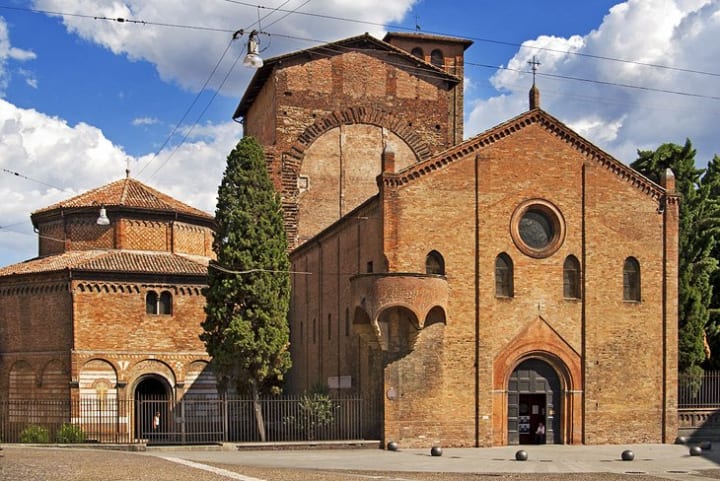
San Stefano/St. Stephen Basilica is a complex of eight buildings. The Benedictines built them between the 10th and 13th centuries to house the remains of early martyrs, Saints Vitale and Agricola.
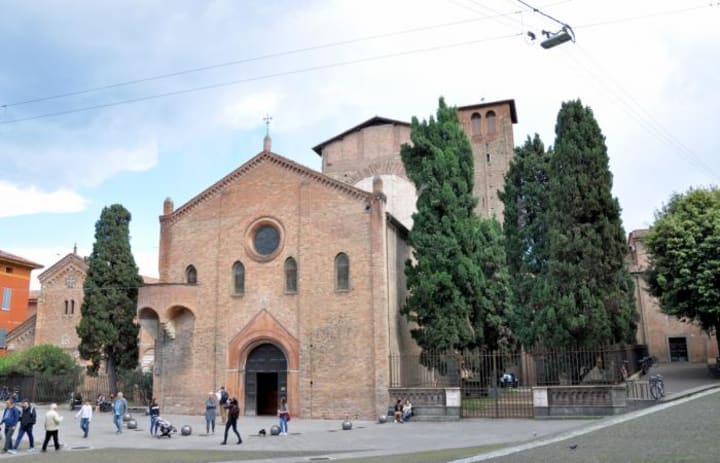
The principal church is Chiesa del Crocifisso with a 12th-century external pulpit and a crypt. The octagonal Santo Sepolcro opens onto a pillared courtyard with an adjoining two-story cloister.
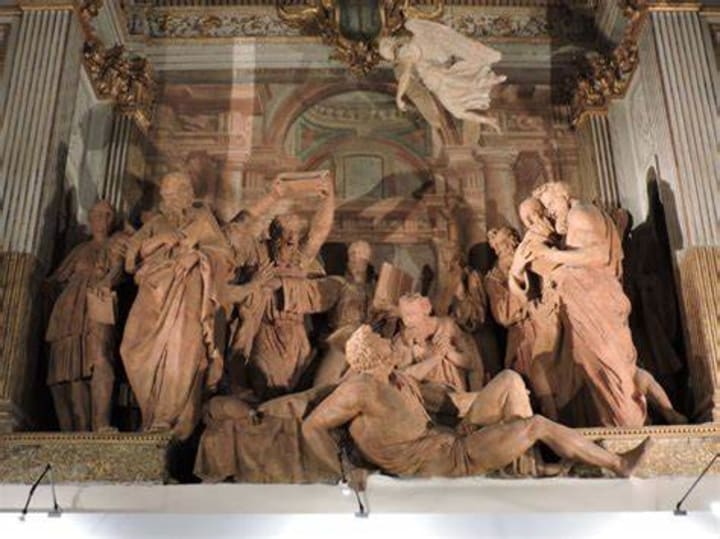
Oratory of Battuti is a small chapel that was constructed in 1604. Here you’ll find many sculptures among them statues of St, Proculus, and St, Petronius as well as lovely frescoes.
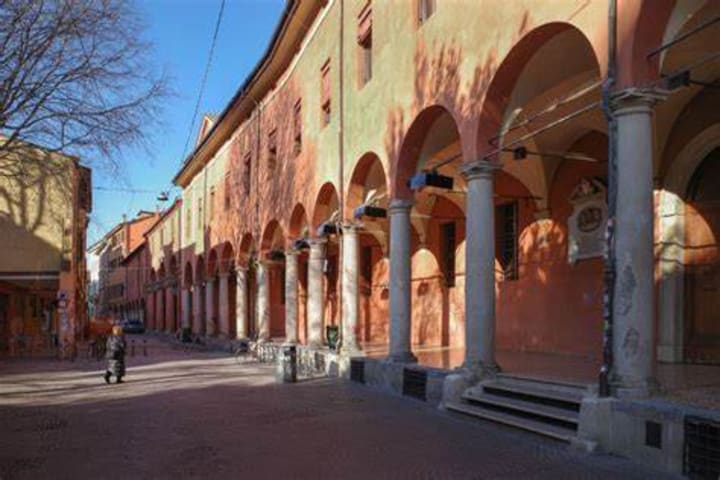
Bologna’s main art gallery Pinacoteca Nazionale has many artworks by Bolognese artists from the 14th century onwards. Among them are some important canvases by the late 16th century Carracci cousins, Ludovico, Agostino, and Annibale. They were among the founding fathers of Italian Baroque art and were greatly influenced by the Counter-Reformation that swept through Italy in the 16th century. Much of their artwork is religious and special pieces to keep an eye out for are Ludovico’s Madonna Bargellini, the Comunione di San Girolamo (Communion of St Jerome) by Agostino, and the Madonna di San Ludovico by Annibale. There are also magnificent paintings by Giotto, Raphael, El Greco, and Titian.
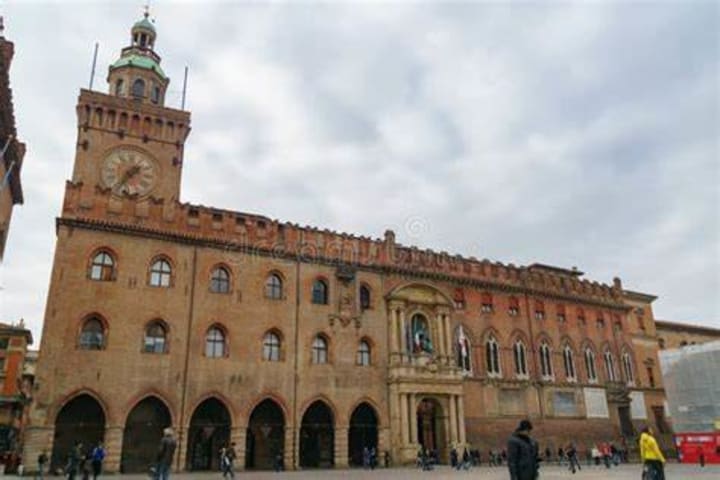
At the western side of Piazza Maggiore, you’ll find Comunale Palace home to the Bologna city council since 1336. It represents various architectural styles renovated in the 15th and 16th centuries. In 1580 a statue of Pope Gregory XIII, the Bolognese prelate, who was responsible for the Gregorian calendar was placed above the main portal. Inside you can see the 16th century staircase designed by Donato Bramante which allowed horse-drawn carriages to be ridden right up to the first floor. On the second floor you can see an impressive collection of 13th to 19th century paintings, sculpture and furniture. Outside of the palace, you’ll find three large panels that have hundreds of photos representing partisans who were killed resisting German occupation right on that very spot.
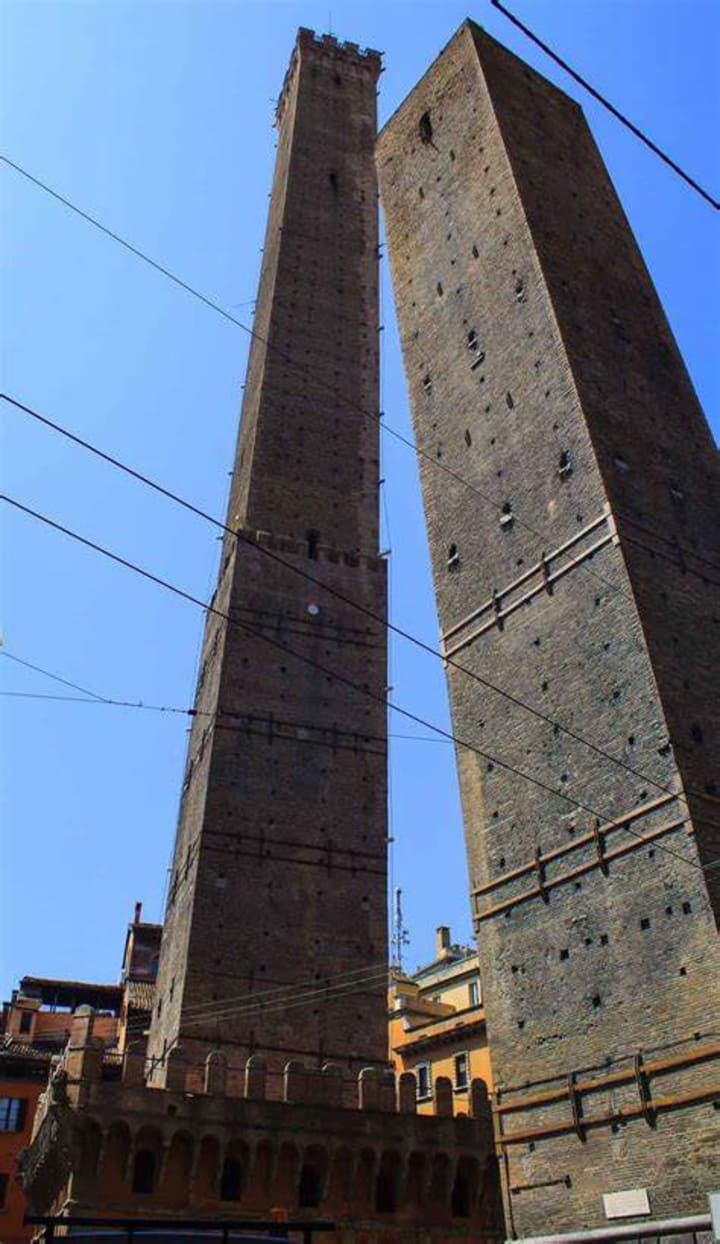
The main symbols of the city are two leaning towers. Torre degli Asinelli is the taller tower and is open to the public. Visitors walk up 498 steps for a spectacular view of the city. Torre Garisenda is shorter and tilts alarmingly so it is closed to the public.
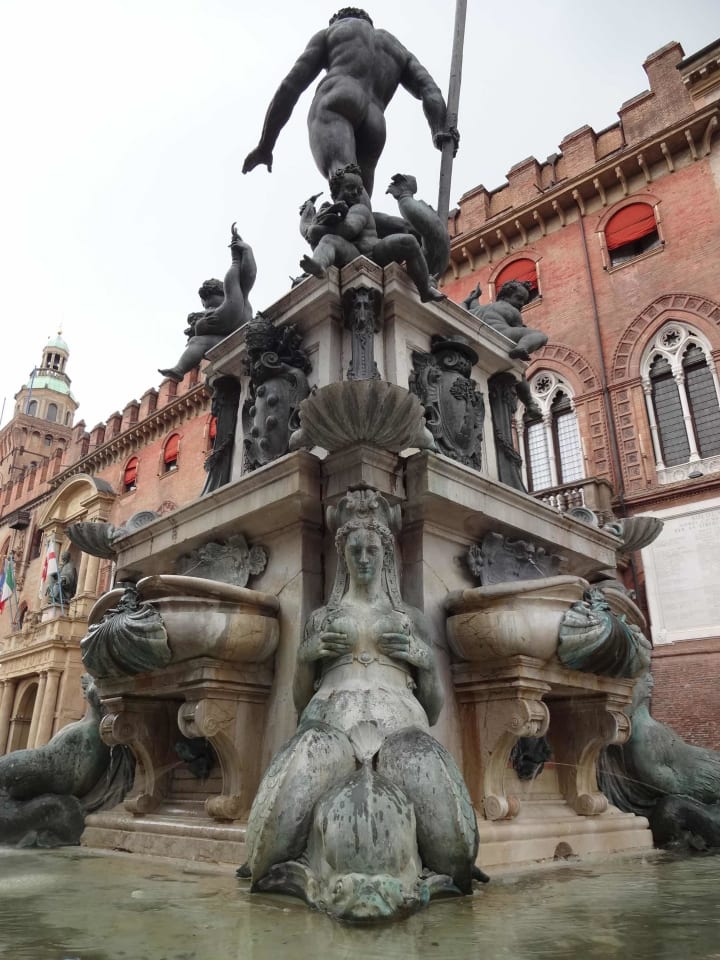
The Neptune Fountain is located in Piazza Maggiore, the main square. The fountain with the bronze statue was sculpted by Giambologna in 1566. It shows a sea god, four cherubs representing the winds, and four buxom sirens with water spouting from every nipple symbolizing the four continents of the pre-Oceania world.
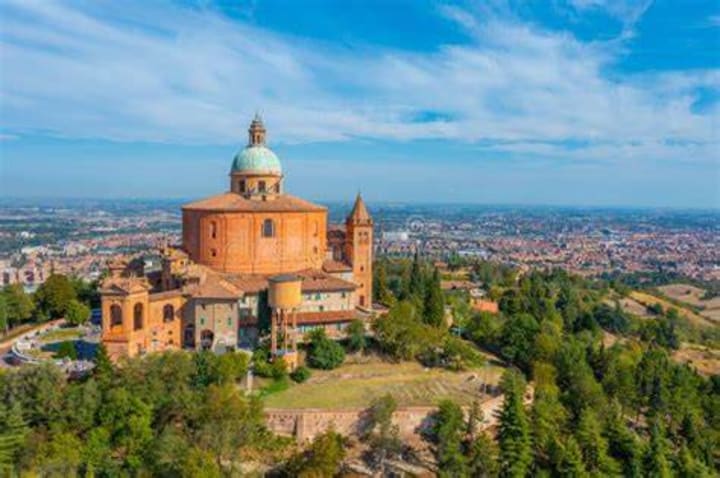
The Sanctuary of the Madonna di San Luca is a basilica perched atop a hill with views over the city and the Po Valley.
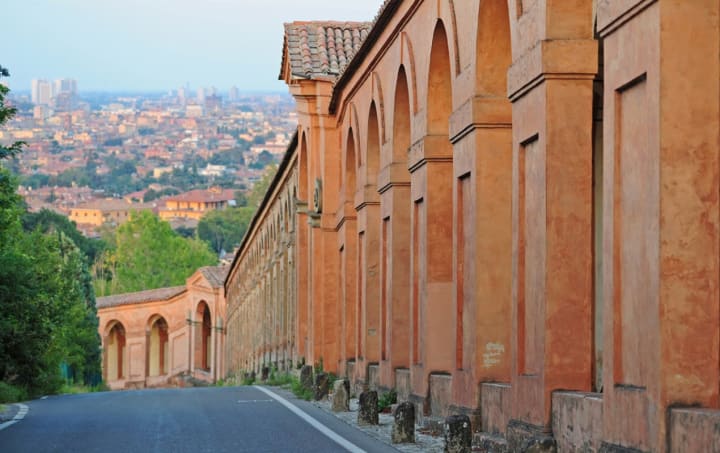
It is known for its 3.8-kilometer-covered arcade connecting the sanctuary to the city. This structure is the longest portico in the world and has 666 arches. The scenic walk begins at Piazza di Porta Saragozza.
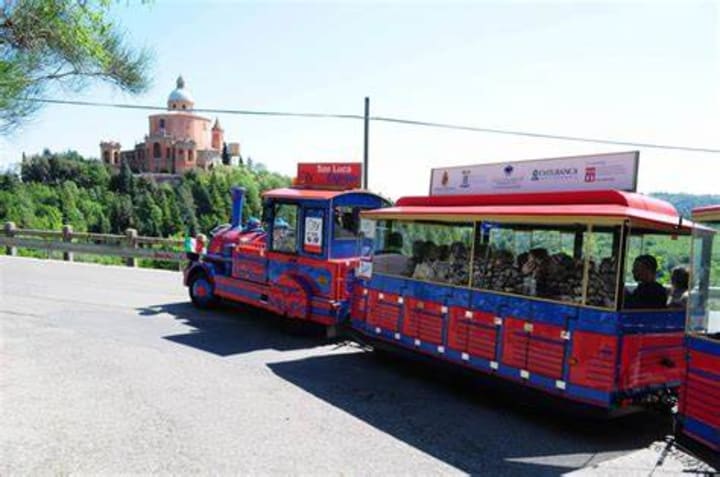
Visitors enjoy taking the San Luca Express, a tourist train from Piazza Maggiore.
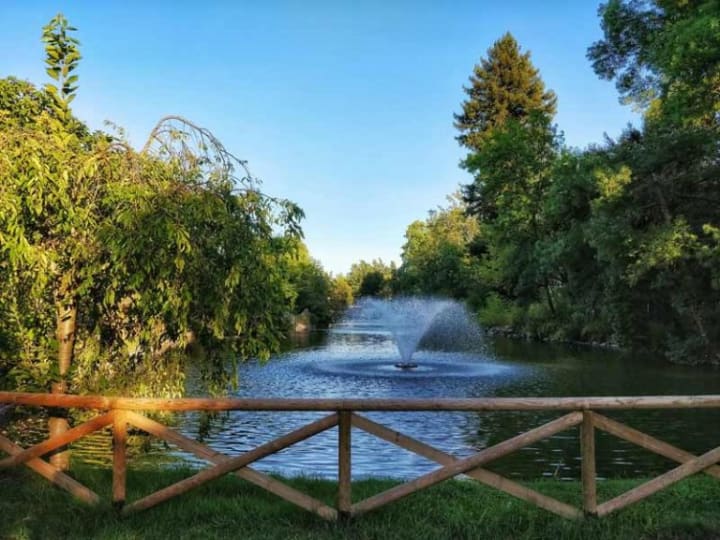
Giardini Margherita is the largest and most popular park in the city. It is a beautiful park with large tree-lined avenues and a small lake surrounded by artificial gypsum cliffs, wide lawns, and oak groves.
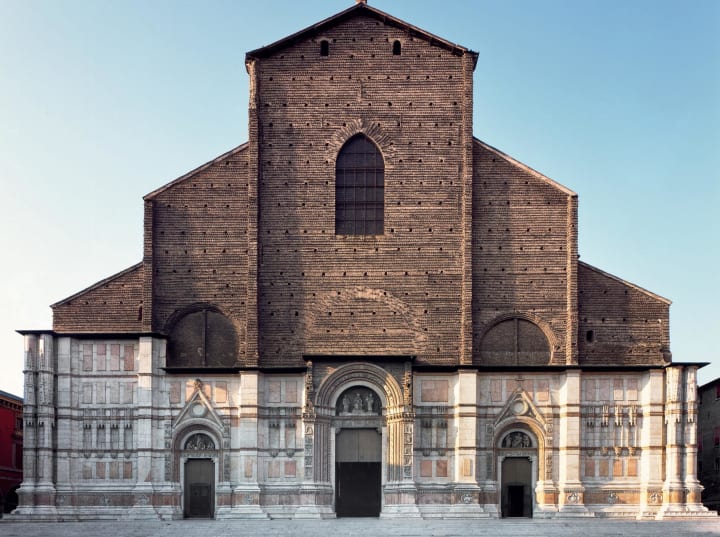
San Petronio Basilica is a large Gothic basilica and is the fifth-largest church in the world. Work on the basilica was started in 1390 and even up to this day, its facade remains incomplete. Inside you can see a huge sundial stretching 67.7m down the eastern aisle. It is the creation of Gian Cassini and Domenico Guglielmi in 1656 and was instrumental in discovering the anomalies in the Julian calendar and aided in the creation of the leap year. The basilica wasn’t officially consecrated until 1954.

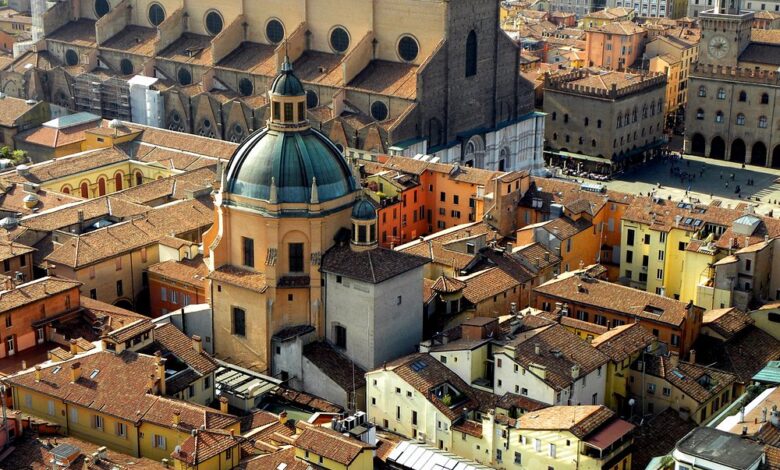
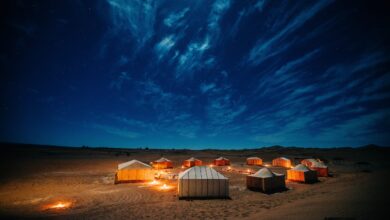



Hi, this is a comment.
To get started with moderating, editing, and deleting comments, please visit the Comments screen in the dashboard.